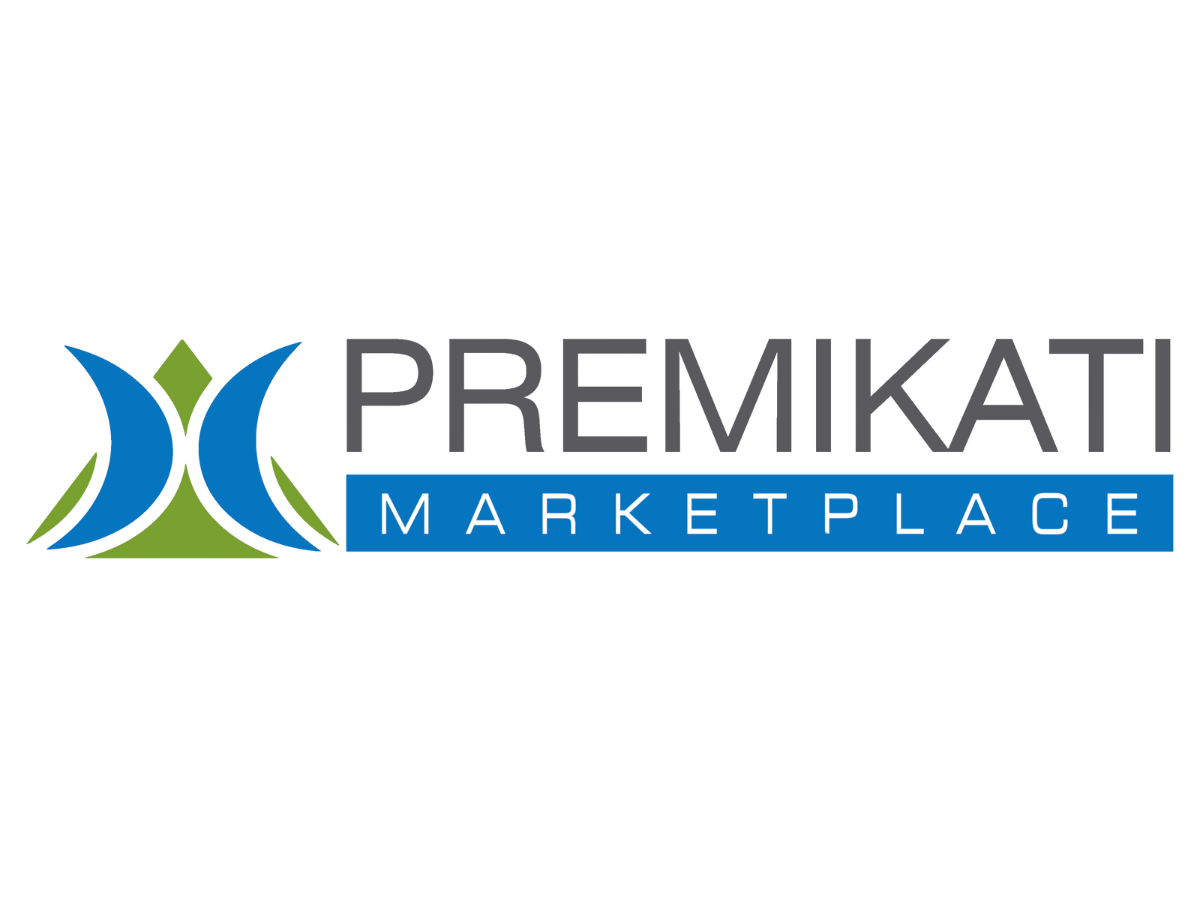What’s Stopping Your School District from Modernizing Procurement?
If you're part of a school district’s finance, operations, or administrative team, chances are your plate is already full. Managing day-to-day needs while also ensuring compliance, staying within budget, and preparing for audits is no small feat.
When procurement is still reliant on spreadsheets, scattered emails, or verbal approvals, it adds stress, often without people realizing it. Modernizing doesn’t have to mean a complete transformation overnight. But it does start with a conversation.
Here’s how we typically walk through some of the most common questions school districts ask when evaluating whether it’s time to shift how they manage purchasing.
Common Q&As
School Business Manager: We’re not a big district. Do we need procurement software?
Procurement Advisor: It’s not about size, it’s about clarity and control. Manual processes lead to avoidable errors and inefficiencies, regardless of how many schools you operate. Automating even the most basic procurement steps gives your team time back and reduces spend leakage.
Districts often discover that much of their spending is reactive. A digital system gives you the ability to get ahead of requests, not just catch up with them after the fact.
Manager: Our finance team is already maxed out. Wouldn’t this just give them something else to manage?
Advisor: Actually, it takes work off their plate. With approval workflows, dashboards, and user-level visibility, your finance team spends less time chasing receipts and reconciling budget lines. More time is freed up for forecasting and oversight.
This is one of the biggest benefits we see: the ability for finance leaders to move from being purely reactive to being strategic partners to school leadership.
Manager: We’ve got great people, but not everyone’s tech-savvy. Is this hard to learn?
Advisor: Not at all. If someone can shop online, they can use this system. Interfaces are intuitive, and most users only see what applies to their role. It’s built to be low-friction for educators and support staff.
When choosing procurement software, always prioritize user experience. If the interface is too complex, adoption will suffer. The right system feels like a natural extension of daily work, not another burden.
Manager: Audits are always painful for us. Will this make a difference there?
Advisor: Absolutely. Every transaction, request, and approval is automatically documented and searchable. That audit scramble? It disappears. You'll be able to export clean, timestamped trails in minutes instead of days.
Think about the time and mental energy spent preparing for audits today. What could your team do with that time if procurement were already audit-ready by default?
Manager: What about implementation? We don’t have in-house IT to manage new software.
Advisor: No IT team needed. You can go live in under a week. The system is cloud-based, requires no integrations, and we support onboarding every step of the way.
Quick-start systems like these are designed with small teams in mind. You get the benefits of a full procurement platform without the overhead of managing one.
Manager: Teachers already have so much on their plates. Won’t this just feel like another system to learn?
Advisor: The system is designed to make teachers' lives easier. They can see approved items, submit requests in minutes, and track status without ever having to contact finance. It’s about making support services more responsive, not more complex.
The goal is to give autonomy with oversight. When end users feel empowered, they follow the process naturally. And that builds compliance without enforcing it.
Manager: Will we have to change all our vendors or contracts to use this?
Advisor: No. You keep what’s working. Existing vendors and pricing can be uploaded, and the system simply helps manage them better, with visibility, reporting, and fewer duplicate purchases.
Many districts worry that digitizing procurement will mean sacrificing vendor relationships. In reality, it often strengthens them through consistency and transparency.
Manager: What if we want to test it out before going district-wide?
Advisor: That’s smart. Many teams start with a single category—like classroom supplies or tech—and expand from there. You can show results early and build internal buy-in at your own pace.
Manager: Will this save us money, or just move the work around?
Advisor: Districts often see 10 to 35 percent savings through better visibility, order consolidation, and reduced emergency purchases. You also gain back hundreds of hours in staff time across departments.
When evaluating ROI, look beyond just dollars saved. Consider time reclaimed, risks avoided, and smoother collaboration between departments.
Manager: So what’s the first step if we want to explore this further?
Advisor: Start with a simple conversation. We’ll help you map your current process, identify inefficiencies, and show you how to modernize without disruption.
Lets Get Started
Procurement shouldn’t be something that drains your time and creates stress. With the right approach, it becomes a source of clarity, control, and collaboration. It should make life easier for your teachers, faster for your administrators, and more accurate for your finance team.
Modern procurement isn’t just for large districts—it’s for smart districts. If you’re ready to improve how your team spends time, money, and resources, we’re here to help you take the next step—one that fits your size, your team, and your goals.
PREMIKATI Marketplace gives you the guardrails you need without slowing anyone down. Modern procurement for school districts doesn’t have to be hard. It just has to make sense—and we’re here to help you make the right call for your district.
Schedule a brief consultation here.
